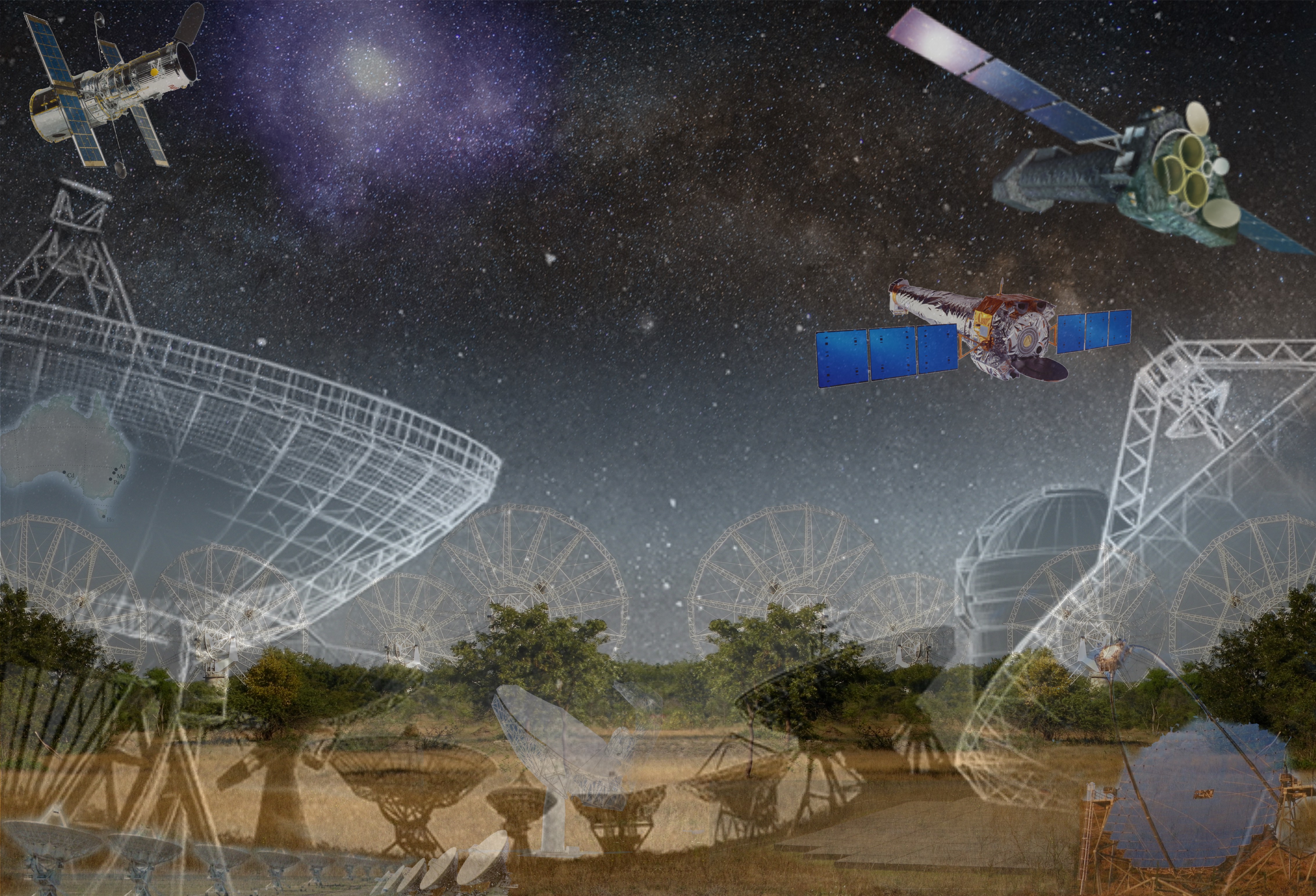Daily Image
25-02-2020Some statistics after 100 proposals submitted
| Submitter: | Benito Marcote |
| Description: | Astronomers typically have two types of events highlighted on their calendars: Holidays and deadlines from Call for Proposals. In every deadline, most astronomers will propose for new observations. This behavior often raises the following question: Why astronomers keep requesting new observations if they already have a large backlog of data to be analyzed? It is known that a significant number of observations (30-50%) get never published (see e.g. Smith 2018, Clery 2018). Why do they keep asking for more data then? Of course, a fraction of these numbers will be related to still on-going studies. On average, it takes approximately 3.5 years to get 50% of the publications done, and around 10 years to reach 95% of them. But these numbers were mainly derived from ESO facilities (mostly optical facilities). Is the radio community similarly behaving? With the achievement of 100 proposals submitted in my career (both as PI and co-PI; implying >10 per year and 17 different observatories. I am the first one scared!), I drafted some statistics: 32 of them have been already published, 28 involve on-going analyses, 10 null results (don't expect to see them!), 10 rejected proposals, 13 proposals still to be observed or from open campaigns, and 7 recently submitted proposals (and still to be reviewed). Therefore, from the observed proposals: 46% have been published, 40% involve work-in-progress, and 14% ended up in unpublishable results... It does not look too bad. See you at the next deadline! |
| Copyright: | Collage of own images (B. Marcote), illustration from Danielle Futselaar, and images from NASA and ESA. |
| Tweet |  |
